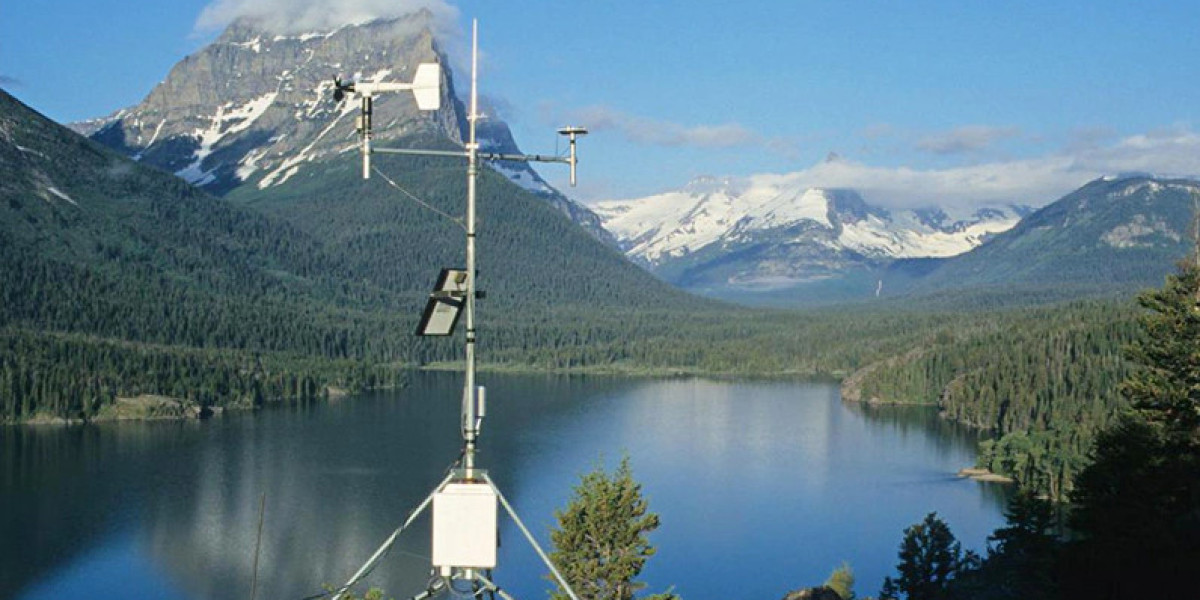Urbanization is a global trend that presents both opportunities and challenges for sustainable development, environmental conservation, and public health. weather station instruments play a crucial role in urban planning by providing data on weather conditions, microclimate variations, and environmental parameters that influence urban design, infrastructure development, and quality of life in cities.
Monitoring Urban Microclimates and Heat Islands
Urban areas experience unique microclimates characterized by higher temperatures, reduced air quality, and increased heat island effects compared to rural environments. Weather stations equipped with sensors for measuring temperature, humidity, wind speed, and solar radiation provide data for monitoring urban microclimates and heat island effects, enabling urban planners, architects, and policymakers to design climate-responsive buildings, green spaces, and infrastructure that mitigate heat stress, reduce energy consumption, and enhance urban livability.
Assessing Air Quality and Pollution Hotspots
Air pollution is a significant environmental health risk in urban areas, affecting millions of people worldwide and contributing to respiratory diseases, cardiovascular disorders, and premature deaths. weather instruments provide data for monitoring air quality parameters such as particulate matter (PM), nitrogen dioxide (NO2), sulfur dioxide (SO2), ozone (O3), carbon monoxide (CO), and volatile organic compounds (VOCs), enabling urban planners and policymakers to identify pollution hotspots, implement pollution control measures, and improve public health outcomes through policies such as vehicle emissions standards, clean energy incentives, and green transportation initiatives.
Managing Urban Water Resources and Flood Risk
Urbanization can increase the risk of water-related hazards such as flooding, water pollution, and water scarcity, posing challenges for urban water management and infrastructure resilience. Weather stations equipped with sensors for measuring rainfall, river flows, and water levels provide data for monitoring urban water resources, assessing flood risk, and managing stormwater runoff in urban areas. By integrating weather data with hydrological models, urban planners and engineers can develop floodplain management plans, green infrastructure projects, and climate-resilient water supply systems that enhance urban water security and reduce vulnerability to water-related hazards.
Promoting Green Infrastructure and Sustainable Design
Green infrastructure plays a crucial role in urban sustainability by providing multiple benefits such as stormwater management, climate regulation, biodiversity conservation, and recreational opportunities. weather station instruments provide data for assessing microclimate conditions, solar exposure, and environmental suitability for green infrastructure projects such as urban parks, green roofs, rain gardens, and tree planting initiatives. By incorporating weather data into urban design and planning processes, city planners and landscape architects can create sustainable, resilient, and livable urban environments that enhance quality of life, promote public health, and support ecological biodiversity.
Fostering Climate-Resilient Communities and Equity
Climate change poses significant challenges for urban communities, including extreme weather events, heatwaves, sea level rise, and natural disasters. Weather station instruments provide data for assessing climate risks, vulnerability, and adaptation options for urban communities, enabling policymakers, planners, and stakeholders to develop climate-resilient strategies that promote equity, social justice, and community resilience. By integrating weather data into urban planning, disaster risk reduction, and climate adaptation initiatives, cities can build adaptive capacity, enhance social cohesion, and address the needs of vulnerable populations such as low-income communities, marginalized groups, and frontline communities disproportionately affected by climate impacts.
Conclusion
In conclusion, weather station instruments are essential for urban planning and sustainable development, providing valuable data for monitoring weather conditions, microclimate variations, and environmental parameters that influence urban design, infrastructure development, and quality of life in cities. By collecting, analyzing, and integrating weather data into urban planning processes, weather stations enable policymakers, planners, and stakeholders to create climate-responsive, resilient, and livable urban environments that enhance public health, promote environmental sustainability, and foster social equity. As cities continue to grow and evolve in response to global challenges such as climate change, population growth, and resource constraints, the role of weather instruments in urban planning and sustainable development will remain critical in shaping the future of our urban landscapes and communities.



